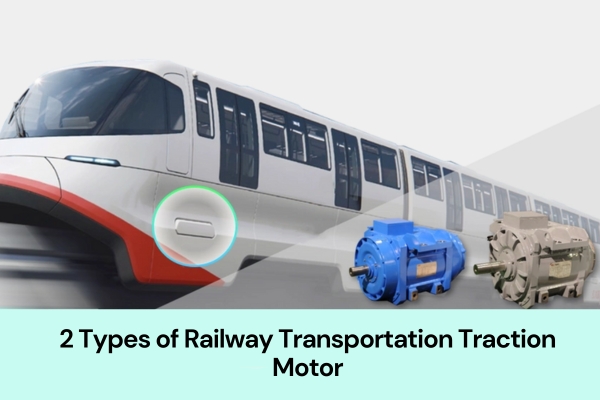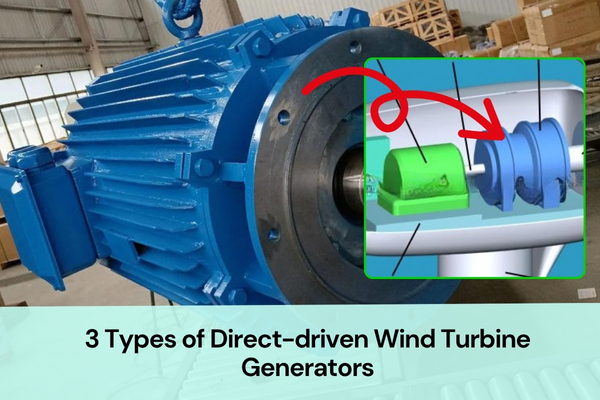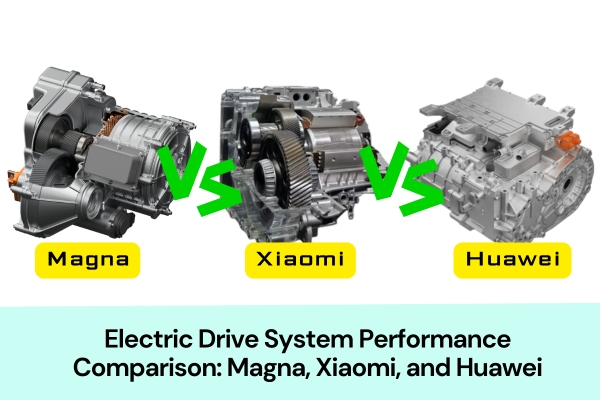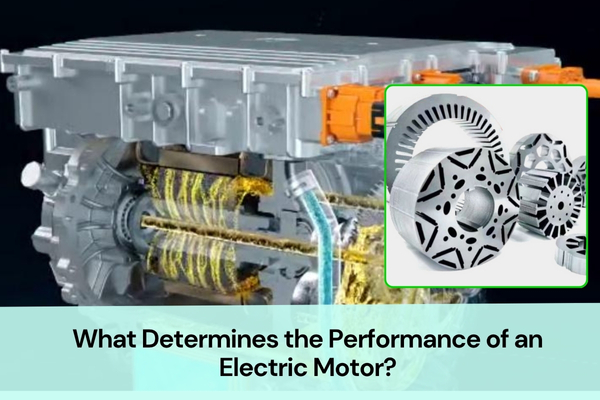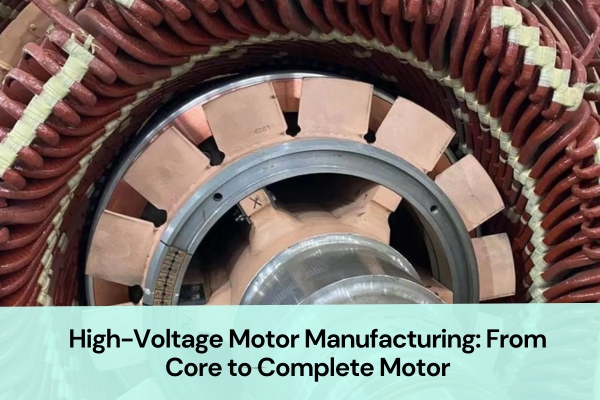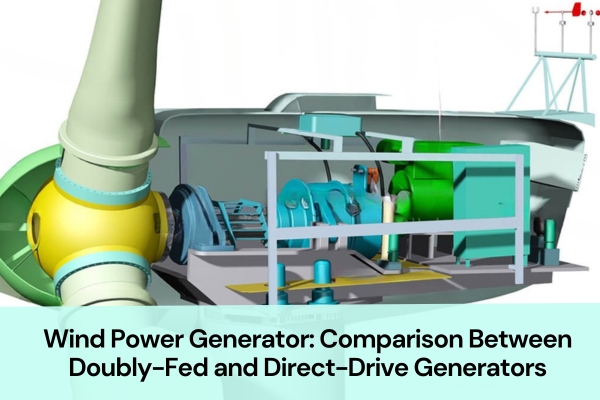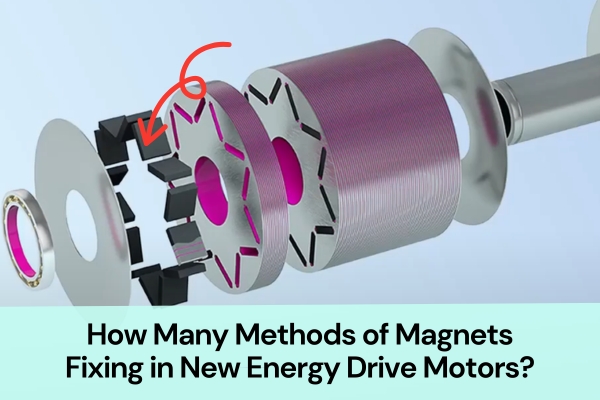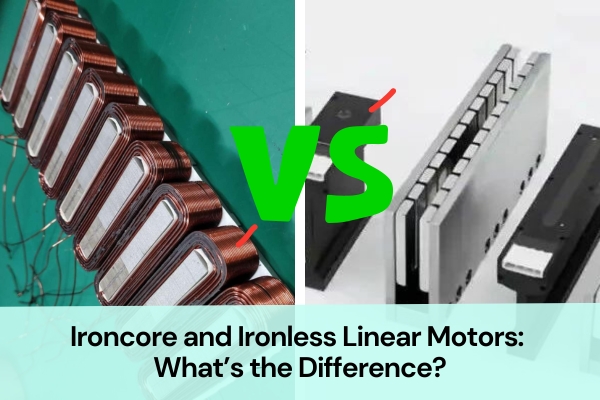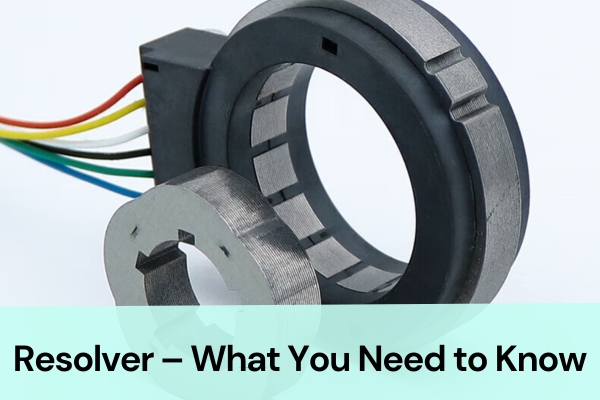Types of Railway Transportation Traction Motor
What gives modern trains the strong and lasting power to reach such high speeds?
To answer this question, we need to take a close look at the “power heart” of China’s high-speed rail — the Railway transportation traction motor. It is the key device that drives almost all forms of railway transportation.
